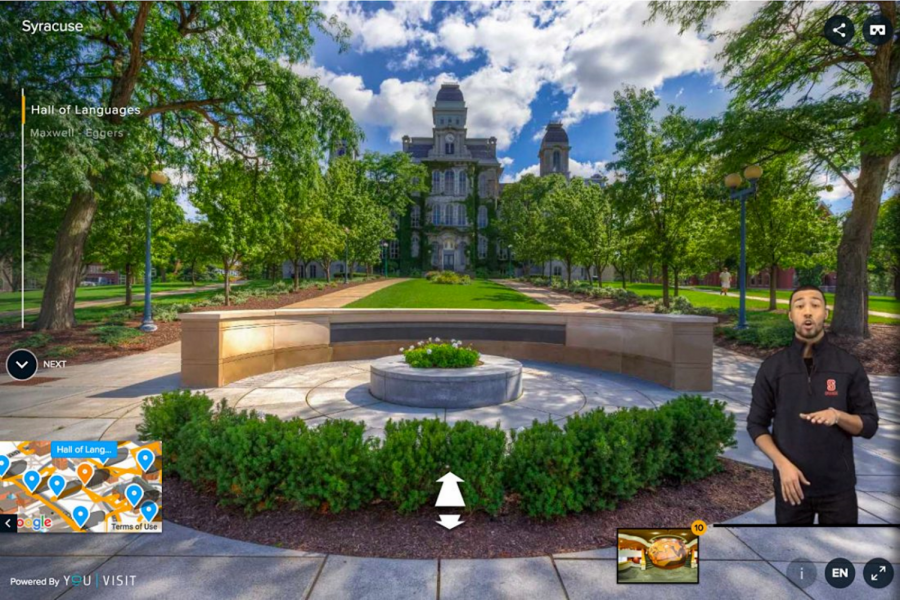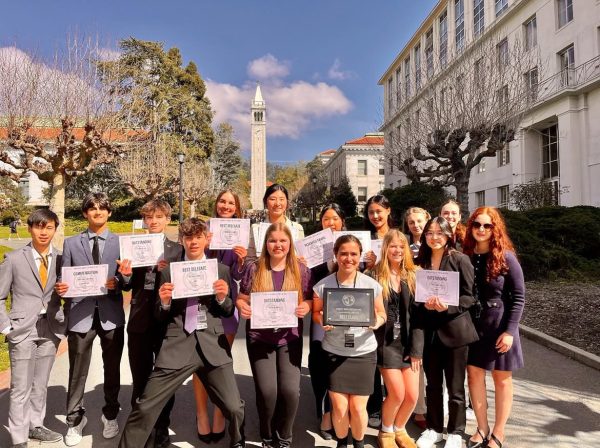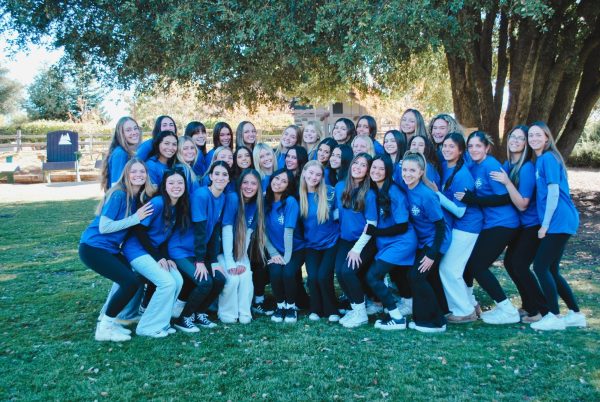Disconnected virtual visits
Prospective college students are facing tougher decisions when applying as a result of limited campus tour opportunities.
Photo by Syracuse University This is an example of a common platform for virtual college tours. According to the popular virtual campus production program YouVisit (as depicted above), around 1.4 million people watched one of their tours between March 13 through April 13 of 2020.
Online campus tours provide students with a chance to determine if they can see themselves at a particular school. Virtual college tours can be found through the school’s website, non-affiliated programs, or YouTube videos.
Bustling students, expansive greenery, and immense architecture throughout university campuses are customary sights for college visits. As cheery applicants step on to the campus that may become their home for the next four years, the seemingly insignificant interactions between nearby people have much value in establishing the overarching campus culture.
Many students are now challenged with picking a school match without the ability of seeing the campus in-person through a traditional campus tour.
Once the pandemic took effect and resulted in the mass closure of schools in the spring of 2020, high school seniors had already applied and most had visited their top choices. However, a vast majority of graduates this year did not have the same opportunity.
In response to this predicament, colleges have implemented virtual tours. Although they only provide a glimpse into each campus, the conversations and videos have provided families with an increased amount of information than what was previously available.
Despite their best efforts, applicants, leading college consultants, and colleges themselves have continued to wonder: is this enough?
Numerous universities have offered these online opportunities beforehand, but they simply created additional and more advanced digital options to better encapsulate their school.
For example, eye-level cameras are used for virtual walking tours, and some universities grant possible future students the opportunity of ‘sitting in’ during online classes and there are options for video meetings with professors.
For those willing to pay, there are some non-affiliated programs which provide interactive one-on-one or small group tours live from the campus.
In spite of all of these drawbacks, students who could not afford the travel expenses involved in college visits now have more possibilities from the increased virtual presence.
3-D walk-throughs of the campus at the student’s own pace, virtual reality presentations, and even Minecraft simulated tours, yet these fail to encapsulate the intrinsic ‘people aspect’ of in-person visits.
Additionally, these online replacements most often are curated to only reveal the best facets of the university. Therefore, it is more difficult to find the elusive ‘right fit’ due to the regimented schedule which lacks interactivity.
“Families need to see and touch and smell,” said Brett Morris, the associate vice president for enrollment at University of North Georgia.
Lasting repercussions for next year may occur for colleges that did not permit on campus visits or for families that were unable to take trips.
“We find that students who come for tours tend to enroll at a much higher rate than those who don’t,” Morris said.
According to expert college consultants, an influx of students will likely transfer universities after a semester or two, which would affect the class of 2022 as well.
Even though a virtual tour may never outweigh the advantages of an on-campus tour, it is currently the most promising alternative for students.
Ultimately, the more details a prospective student can obtain about each university’s academics, community, and sports programs, the better-suited they are to decide their future home.




